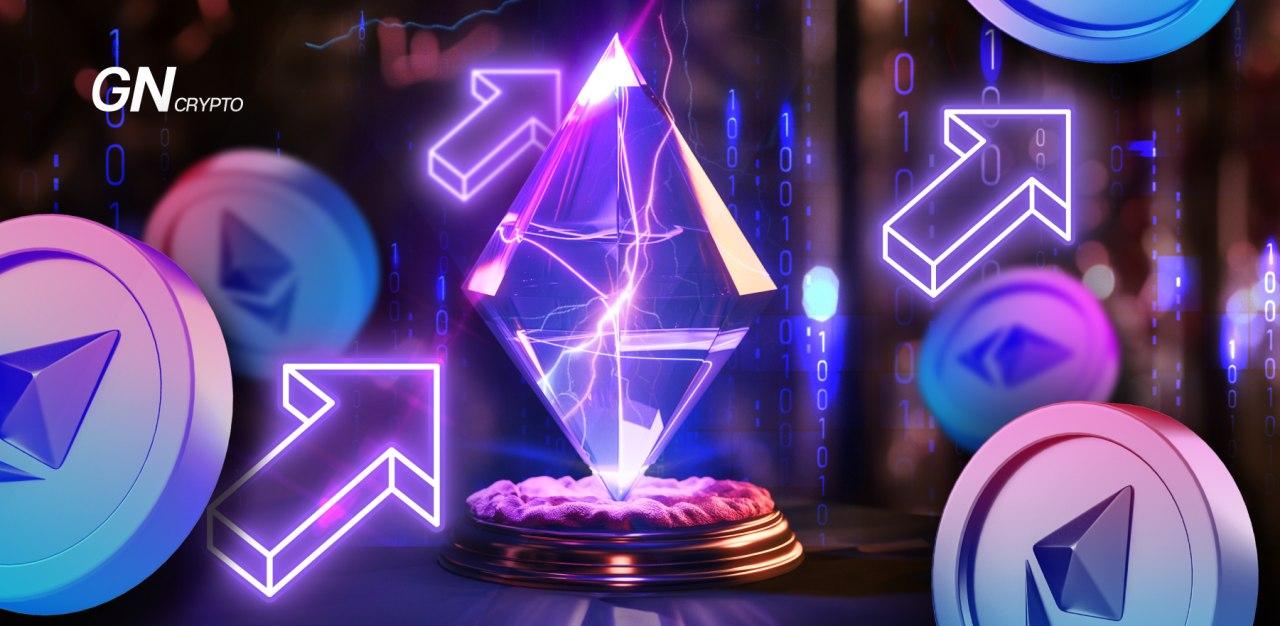DAICOs: An Alternative to Traditional ICOs

The world of cryptocurrency continuously evolves with new technologies aimed at enhancing decentralization. Let’s explore the DAICO fundraising model, a concept proposed by Vitalik Buterin. What sets it apart from traditional ICOs, and what advantages does it offer?
On this page
DAICO (Decentralized Autonomous Initial Coin Offering) is a blockchain-based decentralized fundraising method. This model allows projects to attract early investments from current or potential clients without relying on venture capitalists or traditional crowdfunding platforms.
The operational mechanics of a DAICO are similar to those of an ICO, which similarly facilitates raising funds for project development without traditional crowdfunding. The fundamental distinction lies in the management of the funds: instead of being controlled by project founders, they are governed by the token holders (investors).
Buterin, who first introduced the DAICO model in 2018, described it as a hybrid of a DAO and an ICO.
DAICO merges DAO and ICO benefits. Source: ethresear
How DAICOs Work
- To initiate a DAICO, a development team must create a smart contract that is subject to a compulsory independent audit, followed by the publication of all its terms. These include the rights of the contract creators and investors, the target amount to be raised, the pricing and quantity of tokens issued, minimum and maximum contribution limits, and the campaign's duration.
- Investors send cryptocurrency (e.g., ETH) to the smart contract's address in exchange for the project’s tokens.
- Token holders automatically receive the right to participate in decision-making regarding the utilization of the funds collected. Each minimal contribution equates to one vote.
- If the fundraising does not reach the smart contract’s specified target amount, all funds are refunded to the investors' wallets.
- For founders to allocate investments towards specific objectives, they must first gain the approval of all DAICO participants and hold a public blockchain vote.
- During the voting process, the requested funds remain secured within the smart contract.
- Only after the investment goals and usage restrictions are established do token holders gain the ability to trade their acquired assets.
DAICO operates under principles of self-governance and does not have a central authority that can exert control over it. Furthermore, the smart contract includes a provision preventing any single investor from acquiring a “controlling share” of tokens, which would grant them over half of the voting power. Additionally, if investors decide to discontinue the project and inform the smart contract, it interprets this action as a failure to meet predefined conditions, leading to the return of all funds to contributors and the burning of tokens held by developers.
Advantages and Disadvantages of DAICO
Currently, a DAICO stands as the most democratic model for fundraising. It does away with intermediaries, reducing transactional overhead and enhancing transparency.
Governed by a smart contract, a DAICO ensures autonomy and seamless operation.
This decentralized model of crowdfunding appeals to investors who prefer direct involvement in the projects they finance, marking a clear distinction from other popular early investment models like ICOs, IDOs, IEOs, and SHOs, where the main goal is often purchasing assets at the lowest price.
However, there are notable drawbacks to this method of fundraising:
- Complex Development and Execution: Setting up a smart contract with numerous conditions and potential modifications demands specialized development expertise.
- Security Risks: Smart contracts are susceptible to vulnerabilities that could be exploited by hackers.
- Regulatory Uncertainty: The way regulatory bodies will treat DAICOs remains unclear, adding an element of risk for investors.
Few projects can claim to have conducted their financing in a genuinely decentralized manner. Additionally, investors often gravitate towards more conventional methods like ICOs or IDOs due to familiarity and perceived reliability.
Moloch DAO used the DAICO model for its fundraising activities in 2019, although the amount raised was not disclosed. The project's website highlights that “members contribute capital with the sole intention of giving it all away to fund Ethereum infrastructure as an essential digital public good.”
Given its current stage of development, DAICOs might be better viewed as a mechanism for fundraising rather than a straightforward investment strategy.
The content on The Coinomist is for informational purposes only and should not be interpreted as financial advice. While we strive to provide accurate and up-to-date information, we do not guarantee the accuracy, completeness, or reliability of any content. Neither we accept liability for any errors or omissions in the information provided or for any financial losses incurred as a result of relying on this information. Actions based on this content are at your own risk. Always do your own research and consult a professional. See our Terms, Privacy Policy, and Disclaimers for more details.


























